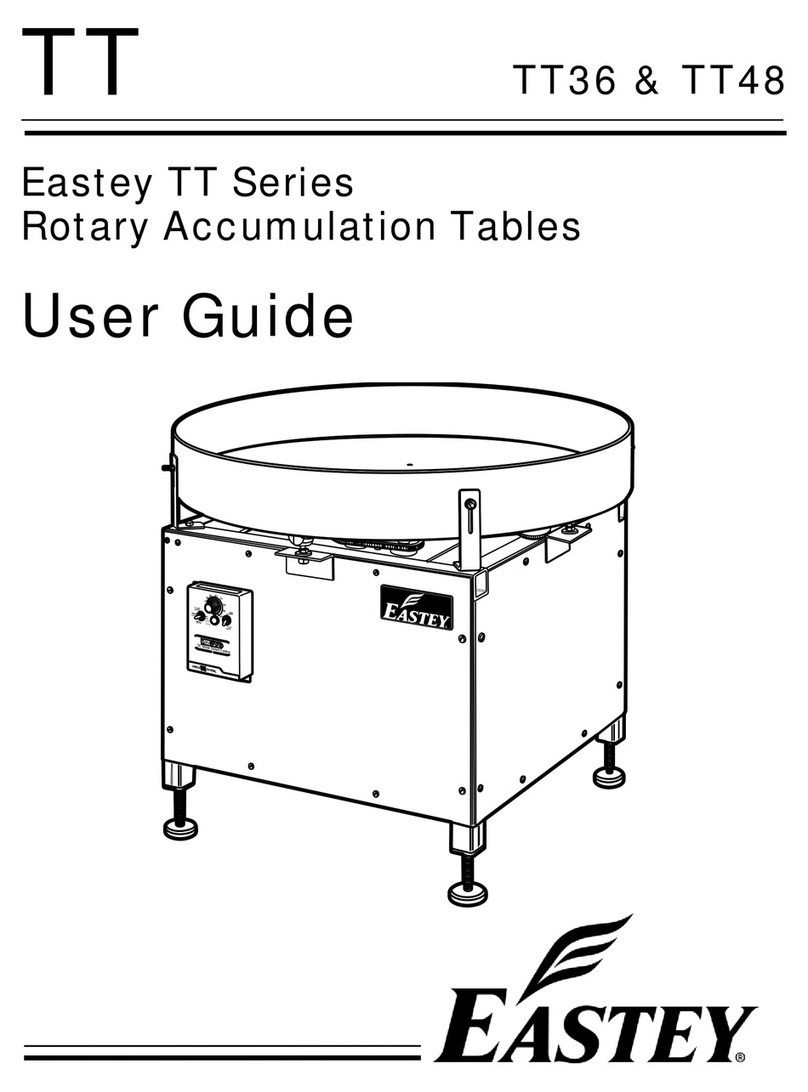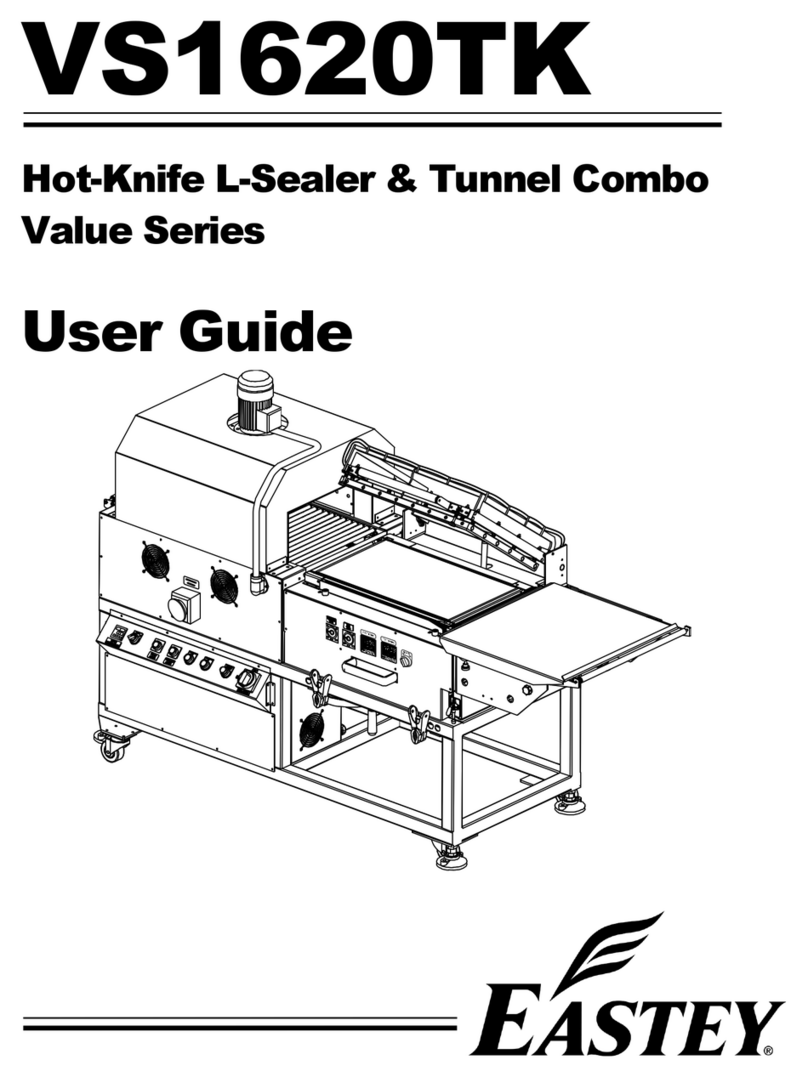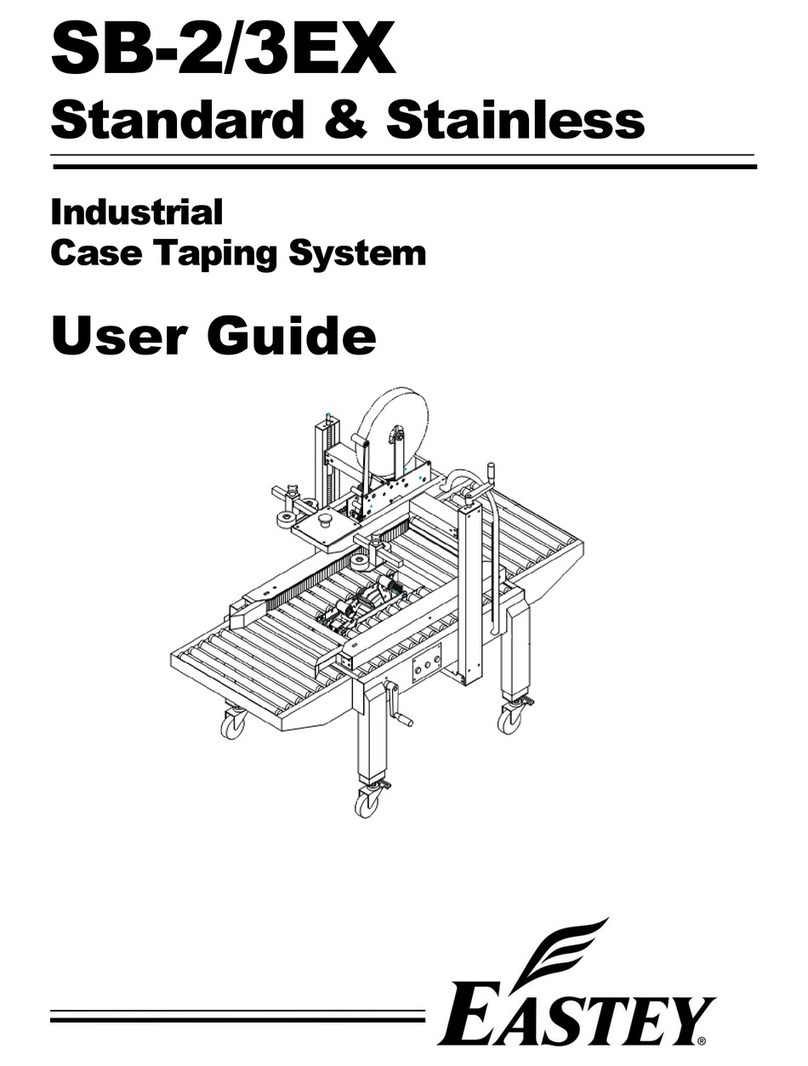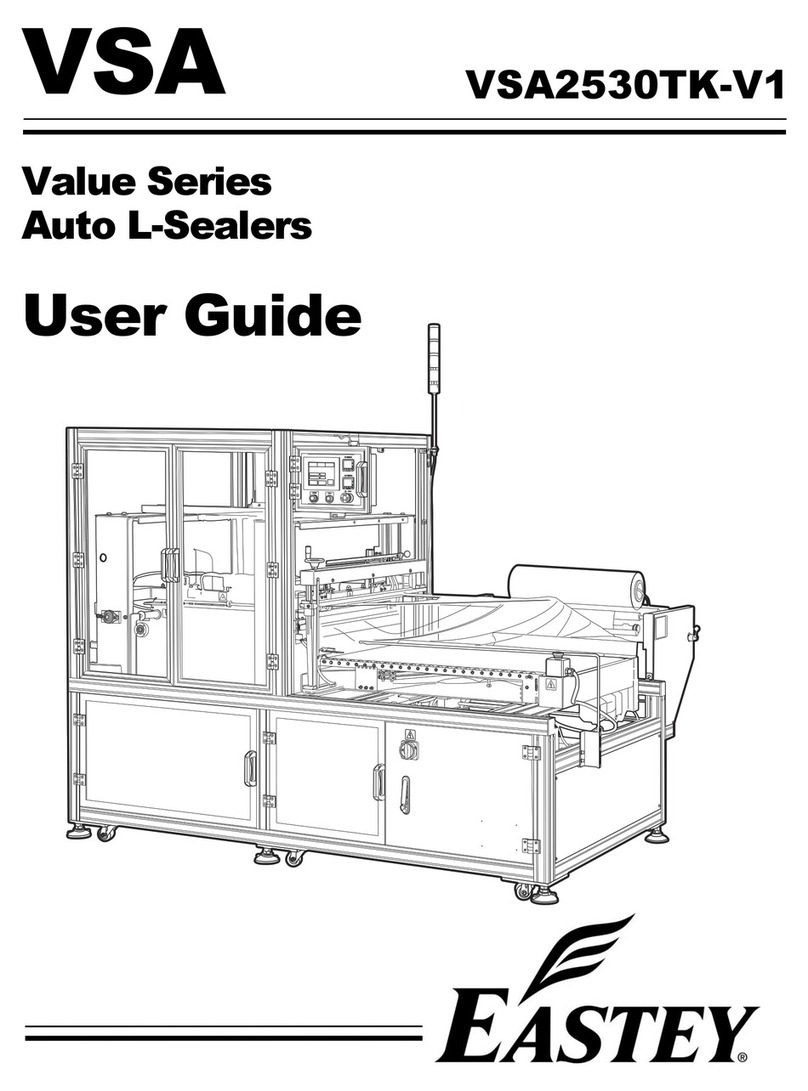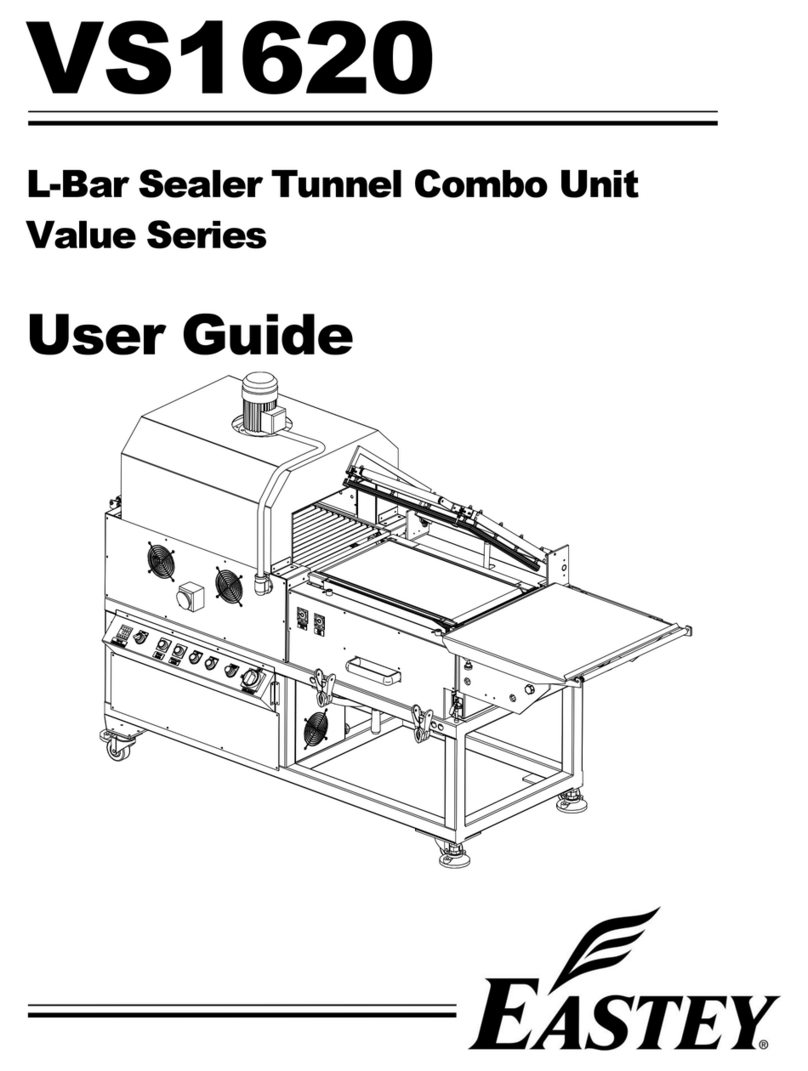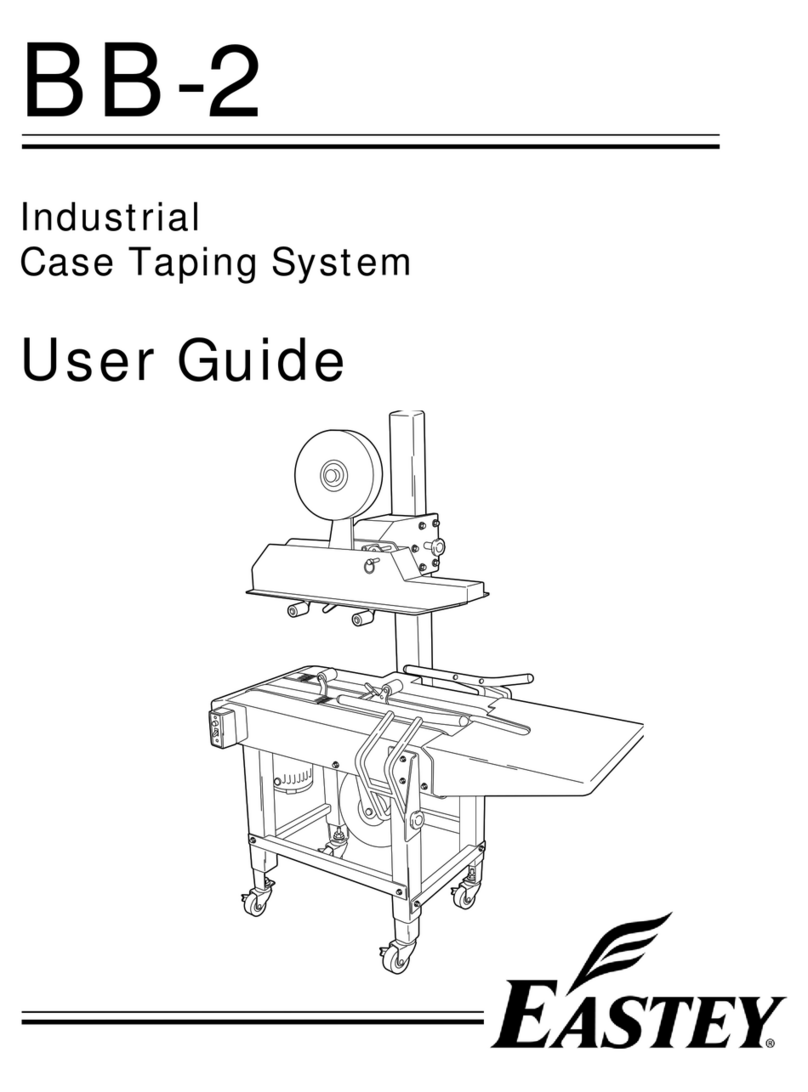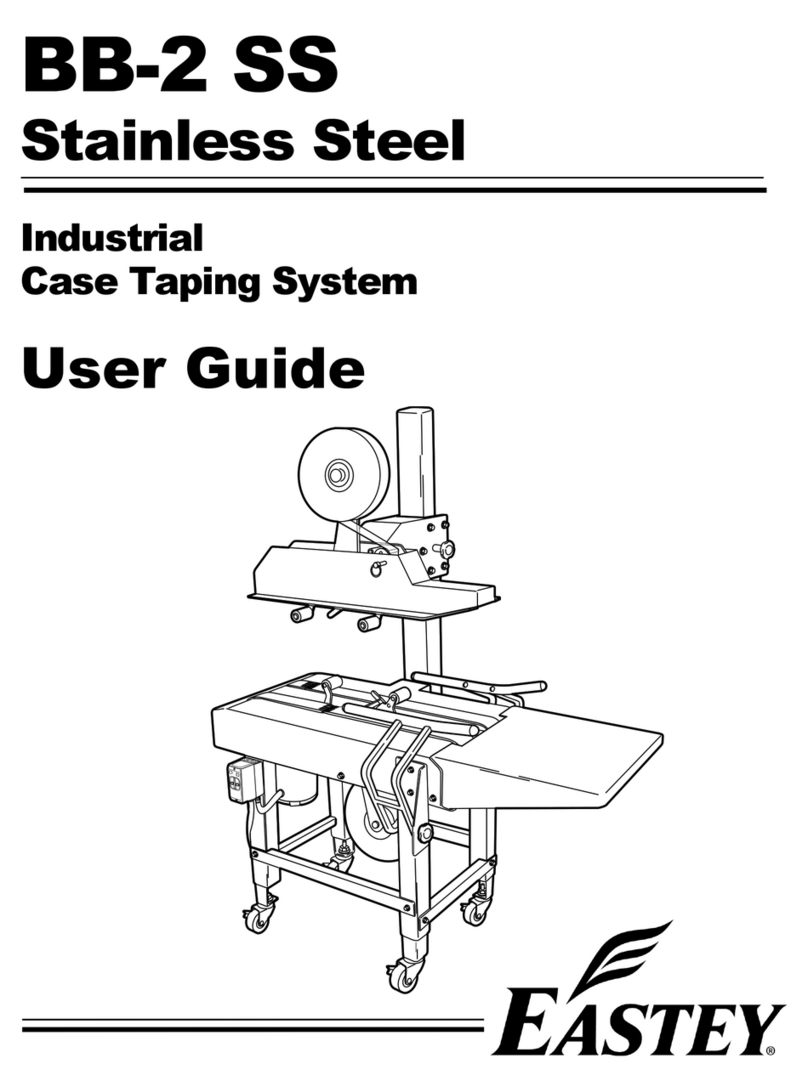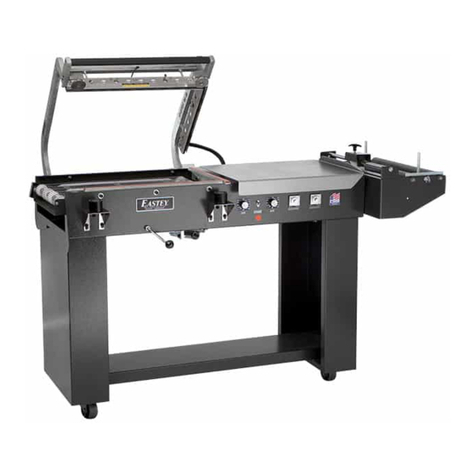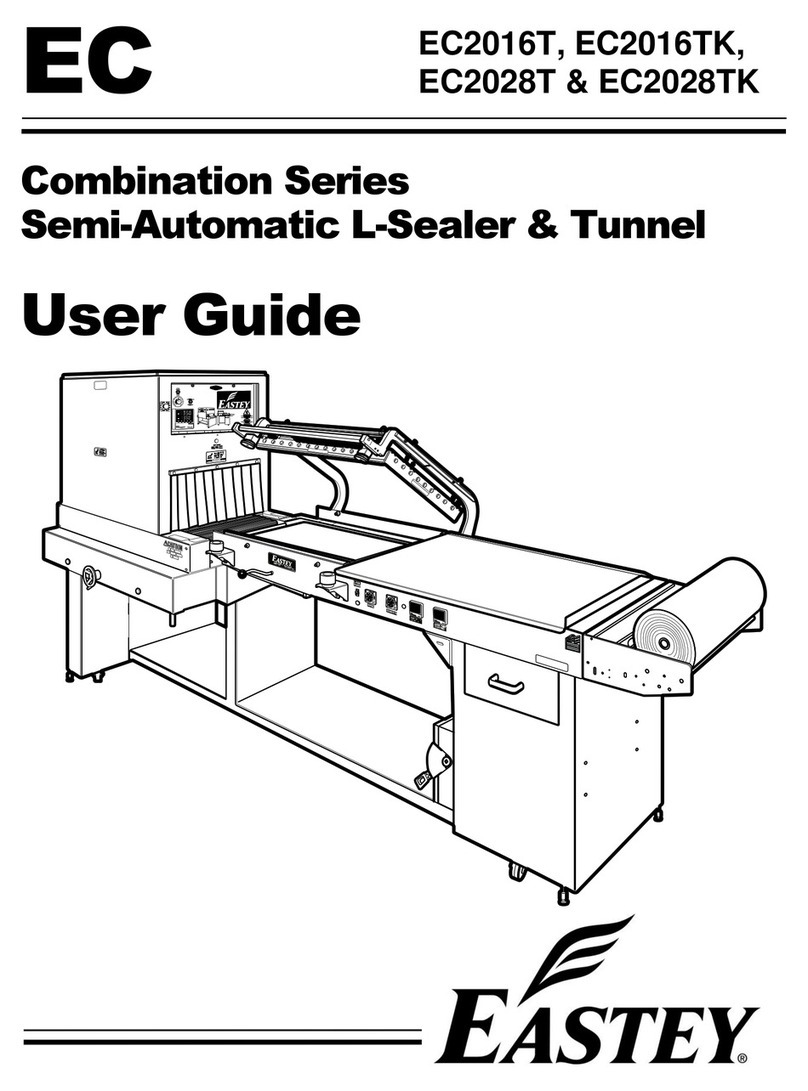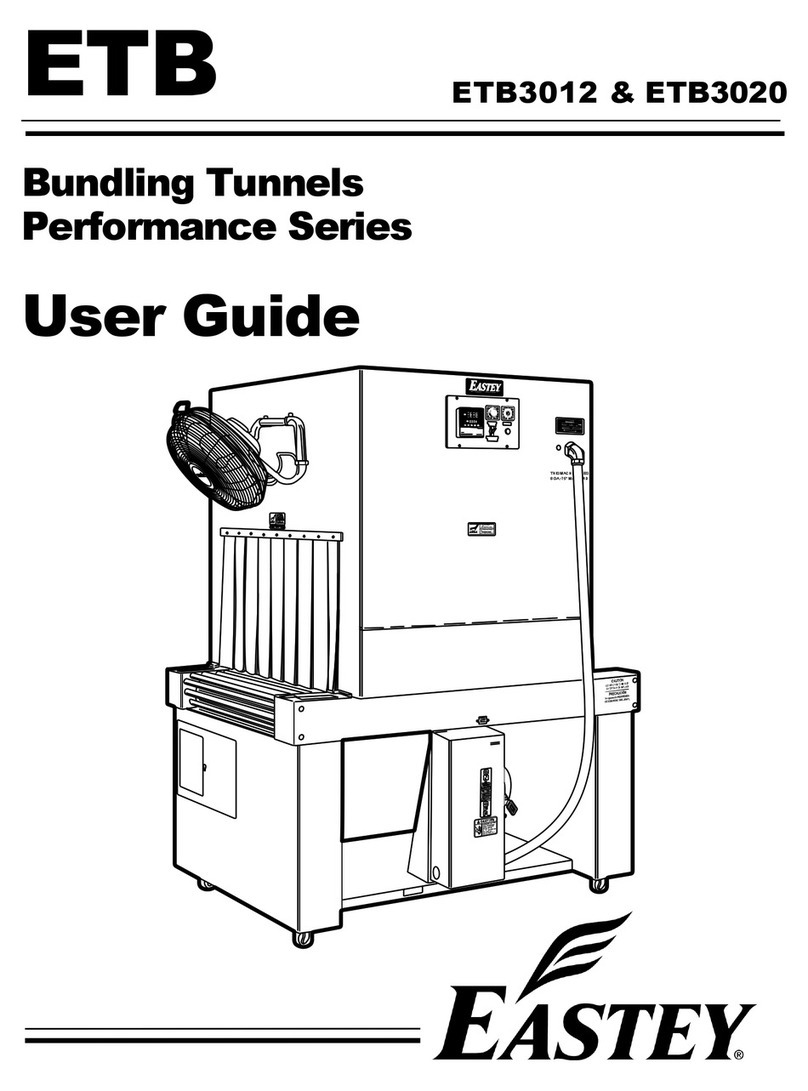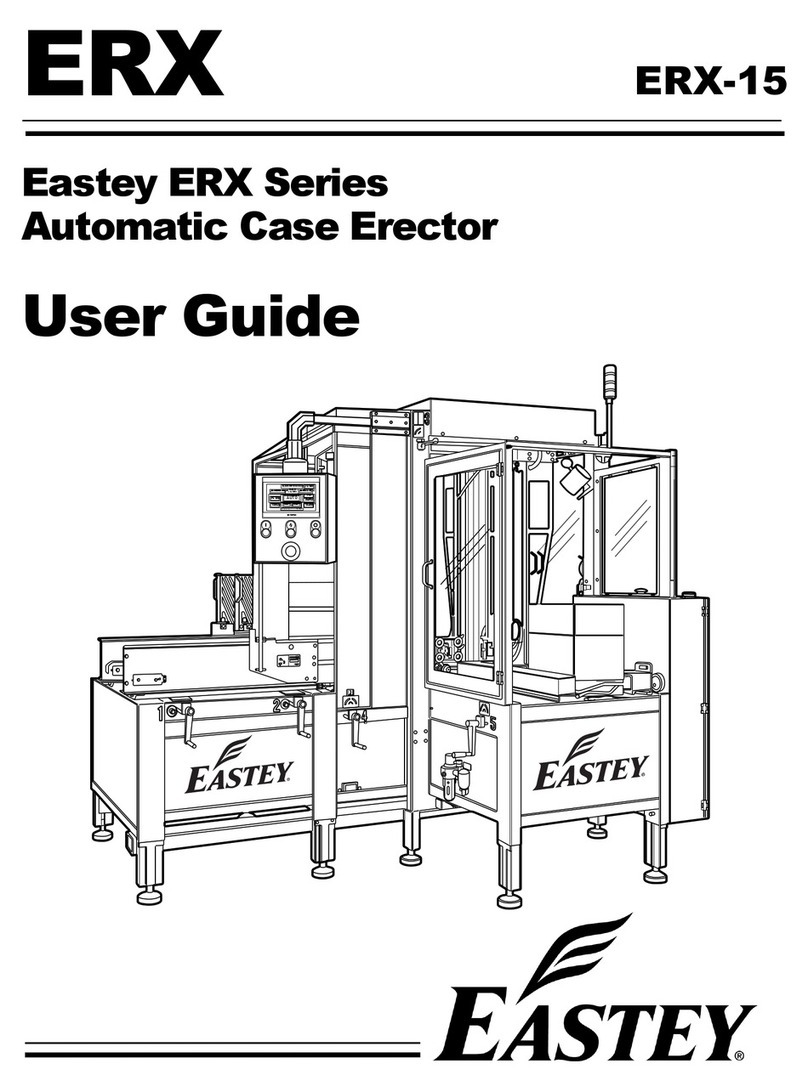
Contents
Safety ............................................................................................................................. 7
General Safety Precautions .......................................................................................... 7
Explanation of Symbols................................................................................................. 9
Introduction ................................................................................................................. 10
General System Description........................................................................................ 10
Specifications.............................................................................................................. 11
Dimensions ................................................................................................................. 13
Unpacking.................................................................................................................... 14
Loading and Unloading Instructions ............................................................................ 15
Installation ................................................................................................................... 16
Location Requirements ............................................................................................... 16
Moving Units Together and Making Connections........................................................ 18
Connecting Power....................................................................................................... 20
Operation ..................................................................................................................... 21
Machine Controls and Control Panel........................................................................... 21
Other Features............................................................................................................ 23
Setting Temperatures and Timers............................................................................... 25
Setup Screen Settings ................................................................................................ 27
Loading Film................................................................................................................ 29
Setup for Scrap Winding ............................................................................................. 34
Adjusting Package Height ........................................................................................... 35
Running Product ......................................................................................................... 39
Running One Product at a Time.................................................................................. 40
Product Indexing ......................................................................................................... 40
Adjustments ................................................................................................................ 41
Operator’s Panel Screen Adjustment .......................................................................... 41
Fine Tuning the Sealer................................................................................................ 44
Air Regulator Adjustments........................................................................................... 45
Conveyor Tension Adjustment .................................................................................... 46
Seal Head Pressure Adjustment ................................................................................. 47
Scrap Film Take-up Spool Clutch Tension Adjustment............................................... 48
Maintenance ................................................................................................................ 49
Weekly or Monthly Maintenance ................................................................................. 49
Preventative Maintenance for Modular Plastic Conveyor Belts................................... 50
Belt Assembly and Disassembly ................................................................................. 51
Replacing Conveyor Components............................................................................... 53
Replacing Power Film Unwind Components ............................................................... 55
Troubleshooting .......................................................................................................... 57
